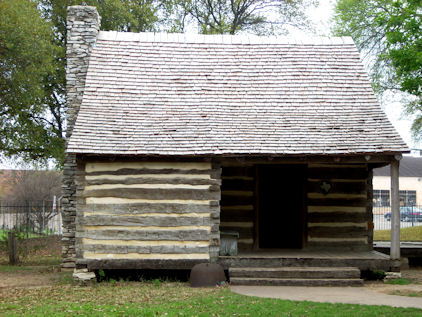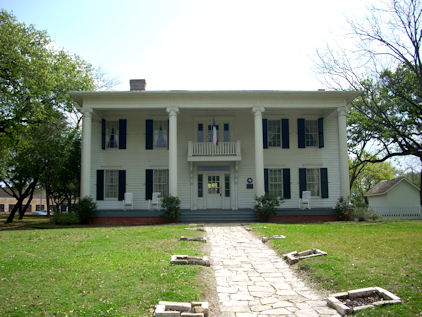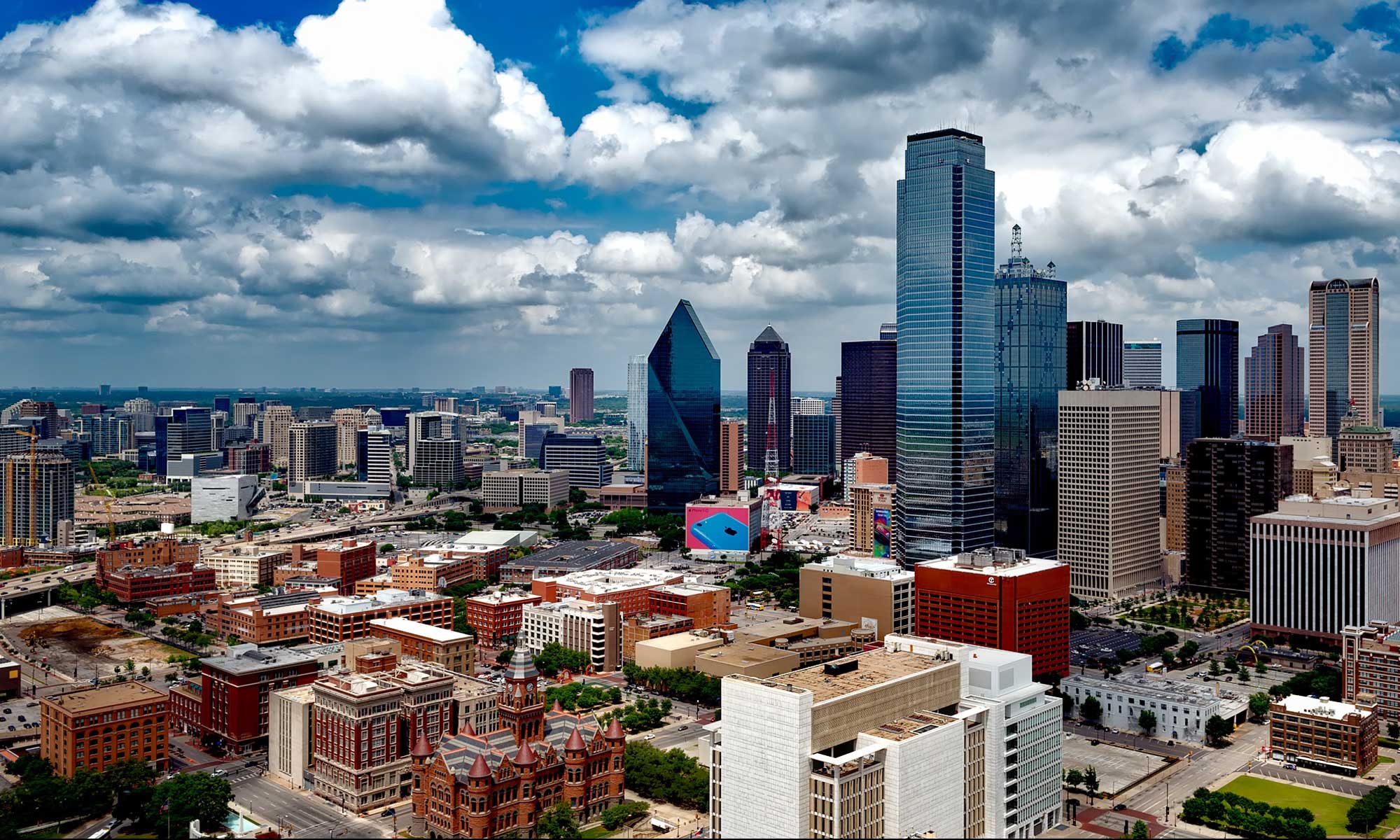By an accident of history, it just so happens that there isn’t that much of it in the New World. (History, I mean.) Whereas it’s not uncommon for people in England or France to live in homes built four hundred years ago, in the U.S. structures of that age or older are vanishingly rare and, usually, heavily protected (few people would dare to live in one, given all the rules and regulations). We just don’t have that much historical time-depth to work with. In fact, the oldest continuously-occupied Euro-American city in the new world is St. Augustine, Florida, which was established in 1565 by the Spanish. Hell, London has privies still in use that are older than that, and some records (especially the Church’s) go back well over a thousand years. Longer, even.
That’s not to say that there weren’t people here before the Europeans came; as an archeologist, I know better. But they left very few intact structures for us the find later, with the notable exception of the Mississippian moundbuilders, whose earthworks still survive here and there in the central portion of the continent. We don’t even have those cool pyramids, like they do down in Mexico and points south.
Texas has even less historical time-depth than many parts of the country, considering that it wasn’t widely populated until the 1820s. Oh, the Spanish were here by the 1500s, but they were thin on the ground, and they came and went for hundreds of years — you might say they took the long view of colonization. Occupation of the DFW region didn’t come until 1824, when Europeans established Bird’s Fort (later the nucleus of Fort Worth) on a branch of the Trinity River.
It’s not surprising then, that all of the historical structures preserved at the wonderful Dallas Heritage Village date from the mid-late 19th and early 20th centuries. Some predate the Civil War, but many do not. That’s fine, though — the society that maintains the place has done an excellent job of making history come alive. They even have costumed re-enactors for part of the year, most based on people who lived in North Texas in 1893, during the time of the Chicago World’s Fair. Some of them have even “visited” the Fair, and will be happy to talk to you about it. I believe these folks are mostly volunteers; I know that, like many another such attraction, they depend on active volunteers to keep them afloat.
In fact, much to my astonishment, I encountered an old friend while I was wondering around. She was sitting in an open room inside half of a “dog run” house, busily making some ladies’ riding dresses for a re-enactment that was coming up, while her roommate was helping a bunch of youngsters bake cookies on an open fire in a detached kitchen nearby (snickerdoodles — yum!). Tammy is an interesting person; I worked with her back when I was an archeologist and she worked in the company laboratory, cleaning and conserving artifacts. This means she is a patient, patient woman. She’s also very talented when it comes to the needle arts. Not only does she make wonderful quilts, she has this knack for making period clothing, such as those used in the various Renaissance Festivals. In fact, she was once an extra on a charming episode of the old Wishbone TV series, in which Wishbone imagines he’s back in Elizabethan times (I think). Tammy, if you read this, help me out here.
So clearly, there are those of us in DFW who maintain a keen interest in our history, and Dallas Heritage Village is one result. What they’ve done here is brought together 38 structures dating from about 1840-1910 and moved them all together onto this 13-acre tract, which is the grounds of the first municipal city park, dating from 1876 (it’s also the location of historic Browder Springs). It’s but a stone’s throw from modern downtown Dallas; in fact, you’ll be able to see some of the skyscrapers in the backgrounds of my photos.
Speaking of photos, this is another case, as with the Dallas Arboretum, where it was difficult for me to pick and choose the images to include here, so what you’ll see is what impressed me the most. In any case, what you end up with is a basically a small, early Texas town, complete with a church from Pilot Point, a two-story schoolhouse from Renner, several lovely homes, a railroad depot, barns and outbuilding, a stoneware factory, a saloon, a general store, a law office, a print office, animal paddocks (with real animals) and much more. Here’s a shot of the little downtown area. The saloon and general store were open for business, by the way.

This dinky little cabin was built by a gentleman named Miller (and his slaves) in 1843, from local materials that were to hand. He and his family lived in it for fifteen years.

When the Millers did trade up, they did it in style. Apparently Mr. Miller was quite prosperous, and Millermore was the result.

Can you imagine going from that little cabin to this? I’ll bet his wife was very, very happy. I mean, the old Clampett cabin was bigger than the old Miller Cabin, if not so sturdy. Of course, the Clampetts ended up with a castle, and so did Miller, in his own way. I was unable to get inside Millermore, though they do occasionally offer tours of it.
Apparently I’ll have to finish this in Part II. Meanwhile, here’s the skinny on Dallas Heritage Village: it’s open Tuesday-Saturday from 10 AM to 4PM, and Sundays from noon to 4 PM. It’s closed on Mondays, July 4, Thanksgiving, Christmas, New Year’s Eve, and New Year’s Day. It’s located at 1515 South Harwood in Dallas. From June 15-September 14, and again from January 2-February 15, the cost to get in is $5 for adults, $4 for seniors, and $3 for kids. Otherwise, the price is $7, $5, and $4. Still a great deal! For more info, go to http://www.dallasheritagevillage.org/.
